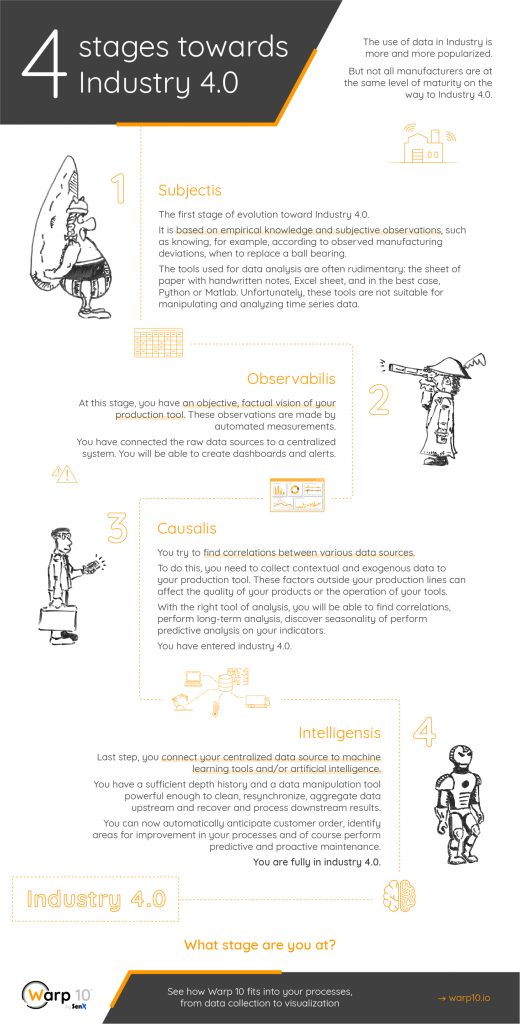Our vision of Industry 4.0. Discover how Warp 10 can manage data and processes in industrial context.
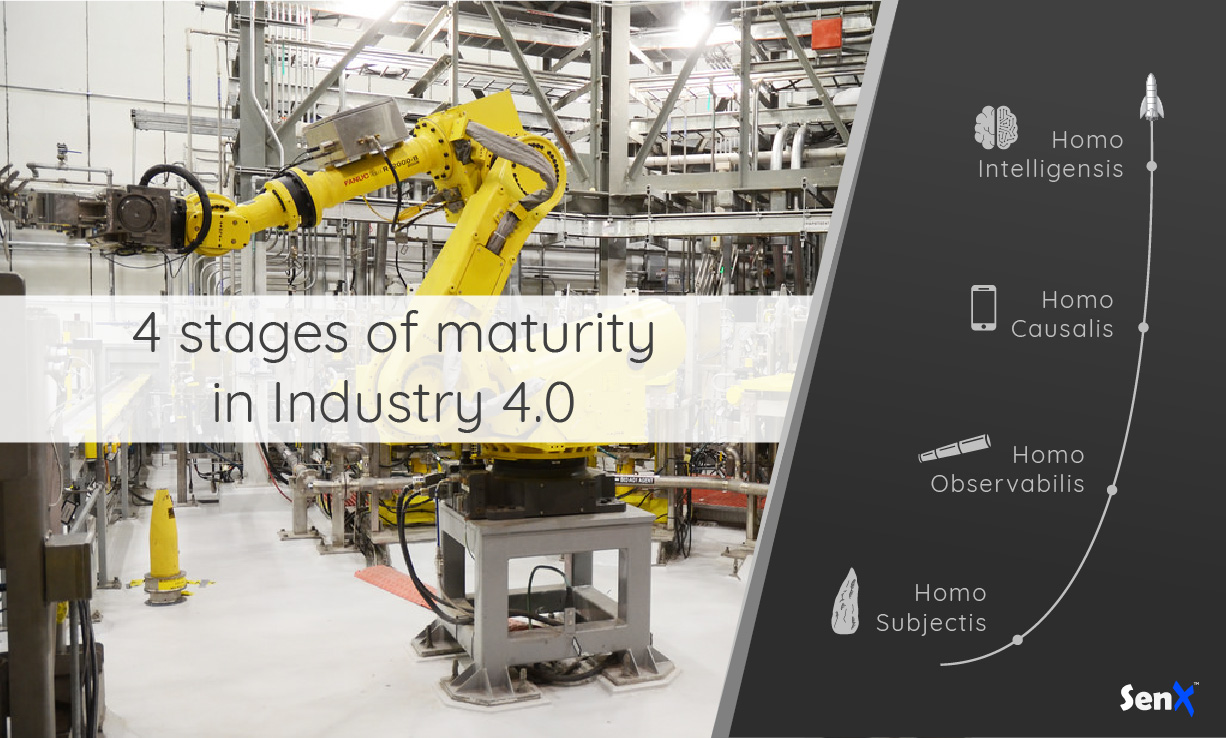
Strong of hundreds of meetings with customers and tens of trade shows, we are able to build a fairly clear vision of what data can bring to Industry 4.0 and how our solution fits in. This vision encompasses many sectors of the industry: agribusiness, manufacturing, heavy industry, cosmetics, etc.
Your needs
Even if industry is diverse, there are several goals which we found as being recurrent:
- Production supervision: ability to observe and quantify current manufacturing processes. The idea is to have a vision of the existing based on factual metrics. Many companies rely on individual subjective experience to know the state of the industrial tool.
- Quality supervision: mass production requires reproducibility of the process and thus to control the quality of what is produced. The so-called "good at the first time". The idea is to reduce the number of non-compliant products and reduce the variation in quality.
- Predictive and proactive maintenance: be able to act on the maintenance of the industrial tool before a breakdown that would affect productivity. This maintenance is predictive when we can have an approximation of when an element will wear or break. And it is proactive when we can plan the replacement when the impact on the production is the smallest. In other words, how to change an element of a machine without slowing the rate of production.
- Process Optimization: Improved productivity and quality to lower operating, maintenance, and production costs while improving manufacturing lead times.
| Read more about When do you need a Time Series Database |
Typical profiles
At this stage, we have observed 4 typical profiles corresponding to different stages of evolution or maturity as to the status of the use of data in Industry 4.0. By no means, these profiles are meant to be pejorative. We are not in the judgment but in the factual report.
These stages are:
- The first one is Homo Subjectis, the one who has a subjective view of the existing,
- Homo Observabilis, the one who has a factual vision of the existing, which has its indicators
- Homo Causalis, who finds causation between data sources
- And then Homo Intelligensis, the one who oversees his industrial tool with machine learning software and artificial intelligence.
As with any evolutionary process, the criteria of the previous stages should be fulfilled before considering the next stage. To be clear, you will not be able to go from Subjectis to Intelligensis directly without having passed the necessary steps.
These stages will allow you to locate yourself on this scale and target the stage you want to reach.
Homo Subjectis
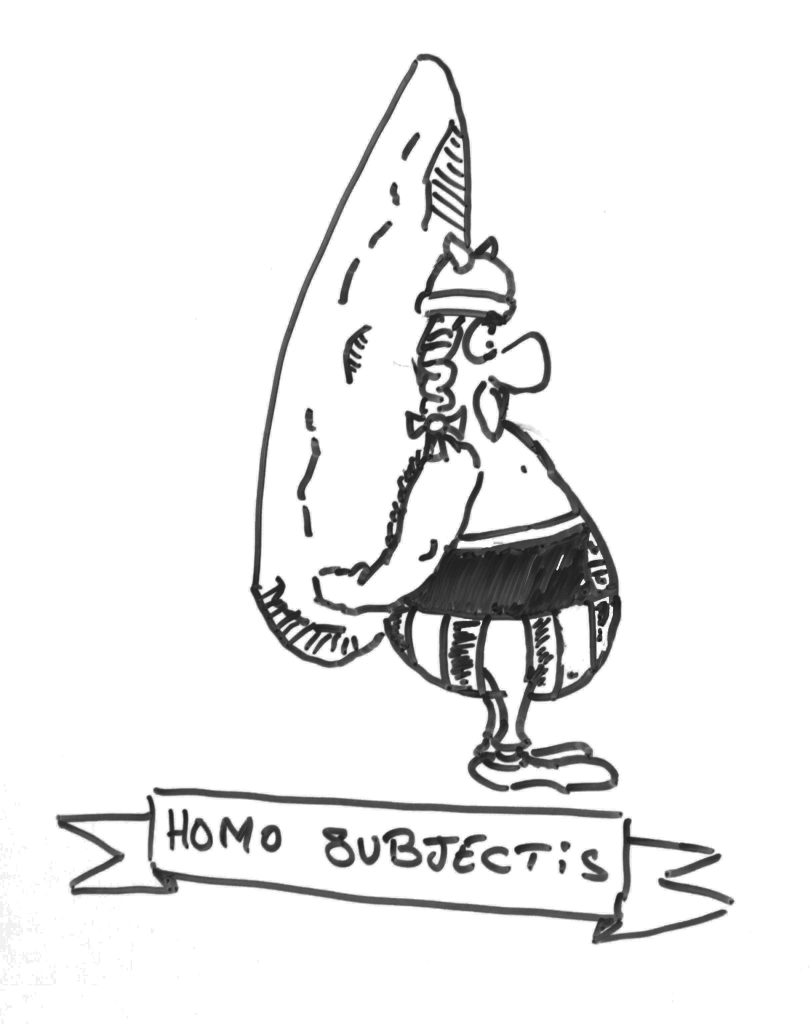
This is the first stage of evolution toward Industry 4.0. It is based on empirical knowledge and subjective observations. It is, for example, the maintenance manager who knows his fleet of machines. He knows, from the noise produced or according to manufacturing deviations observed, he will have to replace a ball bearing.
It is, for example, the line manager who, depending on the color of the product or its texture, knows if his line is well-adjusted or not. He knows what setting to apply if necessary.
What kind of issues?
Homo Subjectis is often confronted with the following issues:
- How to capture information when production systems (such as machine tools), are not connected or connectable or have no sensors
- When these systems are closed or depend on proprietary software and formats
- When data sources (sensors, machine metrics, etc …) are in formats and from heterogeneous sources.
Faced with these difficulties, the simplest is to rely on empirical knowledge, the gains of experience. But what happens when the expert is on sick leave or is retiring?
Companies need to have a factual and clear vision of the existing, what is called the observability, of the industrial tool.
These observational data are so-called time series. These are sequences of values that are contextualized and timestamped. This is a very specific typology of data highlighted by the IoT in particular, requiring adapted tools.
Depending on the size of the industrial site and the frequency of measurements, these data can quickly represent large volumes. Traditional tools for storing and manipulating data are not suitable. It is necessary to have the right tool to meet this need.
Similarly, the tools for data analysis, when there is a collection of data, are often rudimentary: the sheet of paper with handwritten notes, Excel sheet, and in the best case, Python or Matlab. Unfortunately, these tools are not suitable for manipulating and analyzing time series.
Again, you need the right tools.
Without the right tools, Homo Subjectis risks being deaf, dumb and blind about its production tool.
Homo Observabilis
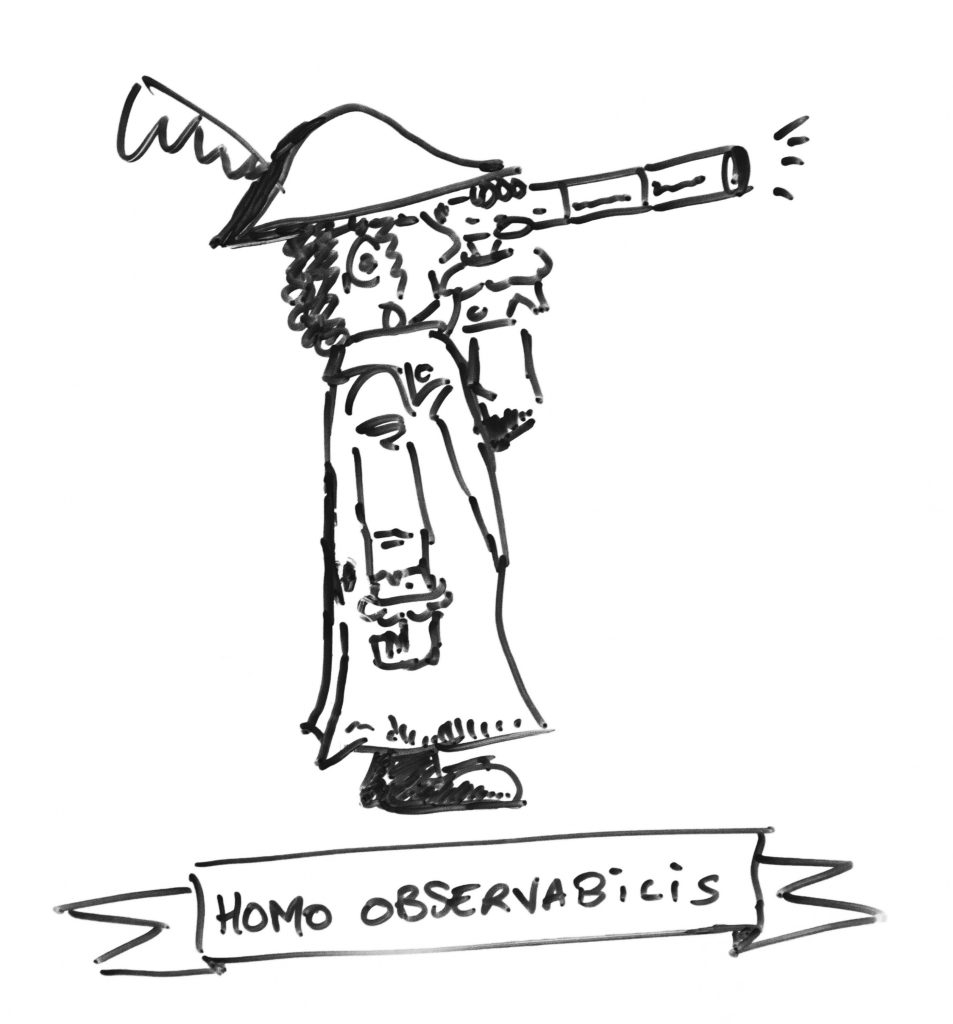
At this stage, you have an objective, factual vision of your production tool. These observations are made by automated measurements.
The first step is to connect the raw data sources to a centralized system. To do this, it is necessary to set gateways, which transfer the data collected by the PLCs, to convert them to a unified "pivot" format corresponding to your business and your company. It can be data from an ERP or files. The idea is not to twist your model to meet any standard, but to adapt tools and gateways to your context.
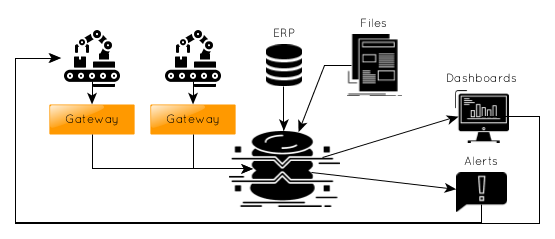
Once these raw data are collected and centralized, you will be able to create dashboards and alerts. This is the first level of analysis.
Collect data
This is not because today you do not know what to do with data that you will not use tomorrow. Collect as much information as you can, even if you do not see the immediate use. You may regret in 5 years not to have 5 years of history on some indicators.
Once this is in place, you can easily initiate a process of continuous improvement. Indeed, as your production tool is instrumented, your decision-making based on observations will be automatically measured in near real-time. You will observe the effects of your settings. You finally make a step into predictive maintenance.
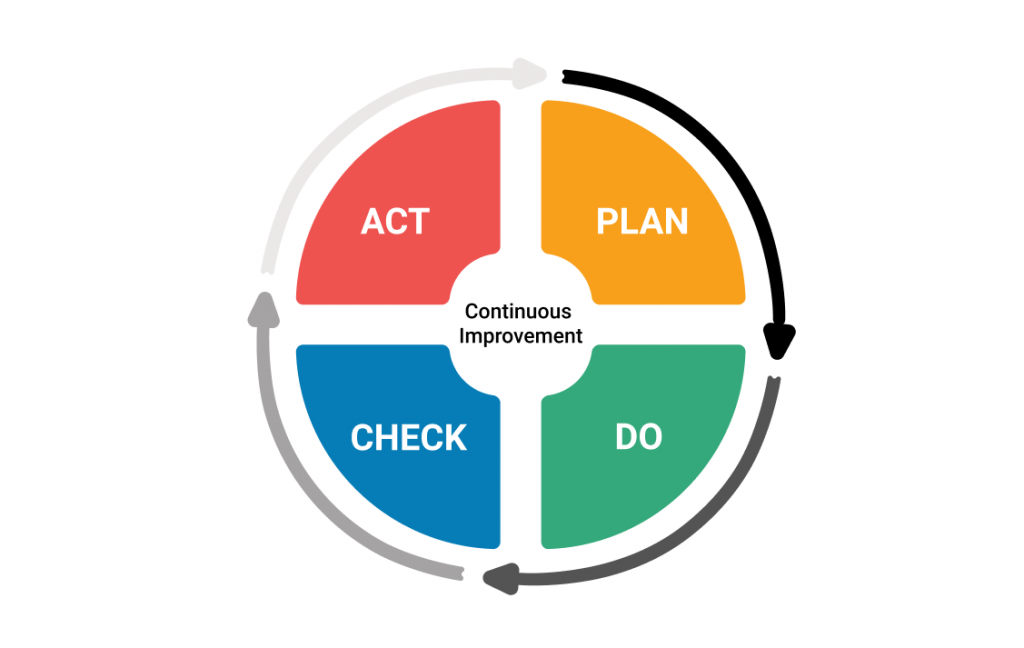
The dashboard and alerts are just the tip of the iceberg and the simplest part to put in place. The most important thing is the collection and centralization of data. Without this vital element, your dashboards will remain empty of data or meaningless. Do not underestimate this part at the risk of having useless indicators.
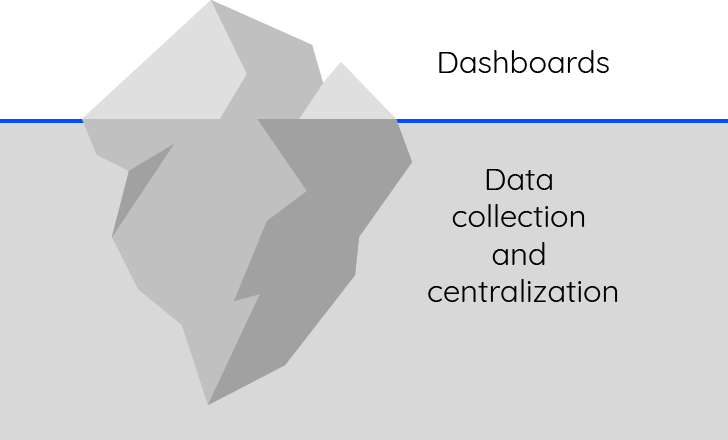
At this stage, you will not only have factual and precise supervision of your production, but you will be able to optimize your processes. You will have a digital twin on hand.
Homo Causalis
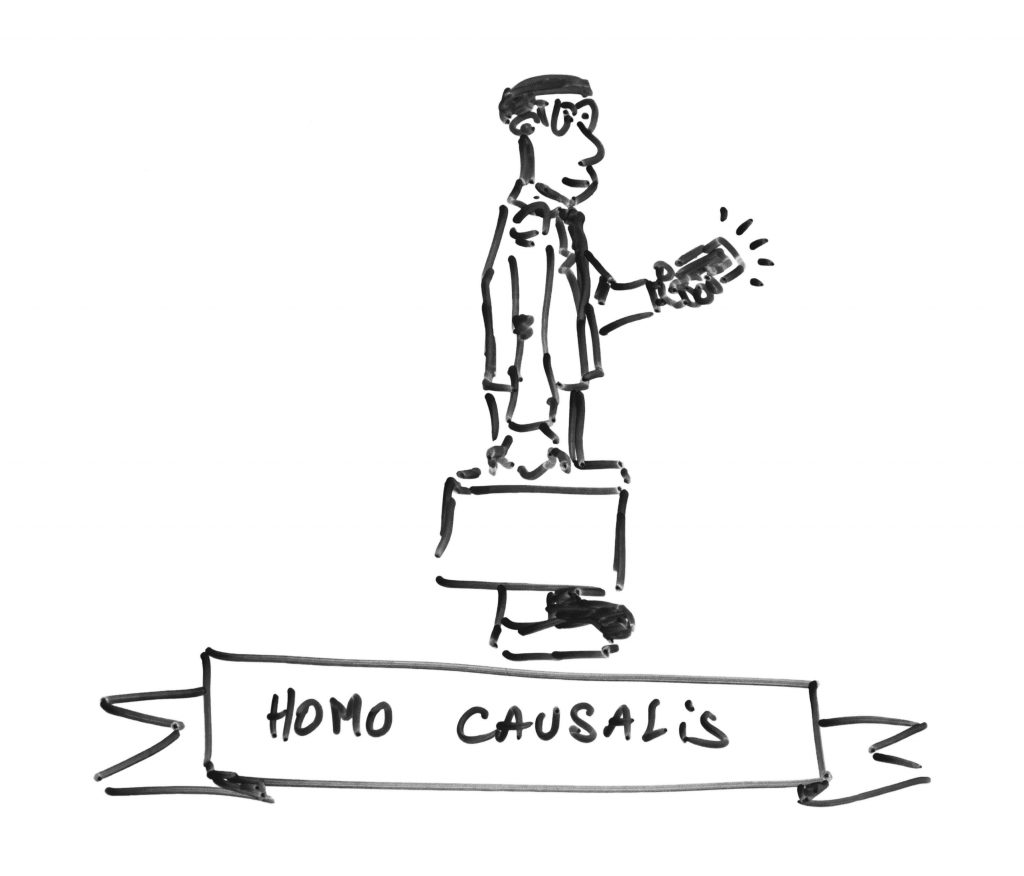
He is the one who tries to find correlations between various data sources.
To do this, it is important to capture exogenous data to your production tool, such as the hygrometry or the ambient temperature of your factory. These factors outside your production lines can affect the quality of your products or the operation of your tools.
In theory, you already capture endogenous data from your industrial tool.
Finally, add contextual data, such as team schedules, team rotation statuses, stocks, purchases, etc. A night shift team may have lower productivity or affect the health of your production lines according to the fatigue or the expertise of the operators.
Once these data are ingested, you will be able, with the right tool of analysis, to find correlations between them. For example, a degradation of the texture of your product depending on the degree of hygrometry and the expansion of an element of your machine in connection with the outside temperature. It will enrich your dashboards and alerts.
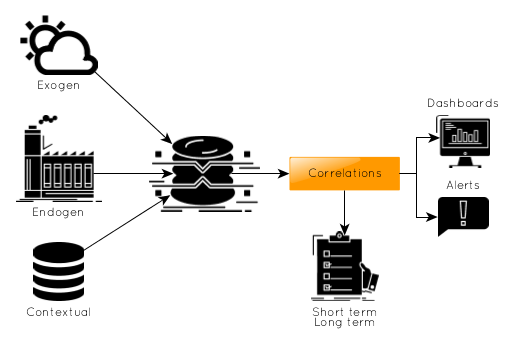
The benefits
Not only will you have more relevant short-term analysis results, but depending on your depth of history, you will be able to perform long-term analyzes and discover seasonality or perform predictive analysis on your indicators.
Your continuous improvement process will be improved and become more focused.
Once this step is achieved, you will be able to fully benefit from predictive and proactive maintenance. You will find the right time to perform a maintenance operation before a failure by impacting the production line as little as possible, or even trigger the action automatically following a warning.
According to us, here you are in Industry 4.0.
| Discover how Amzair connected their heat pumps with the help of Warp 10 |
Homo Intelligensis
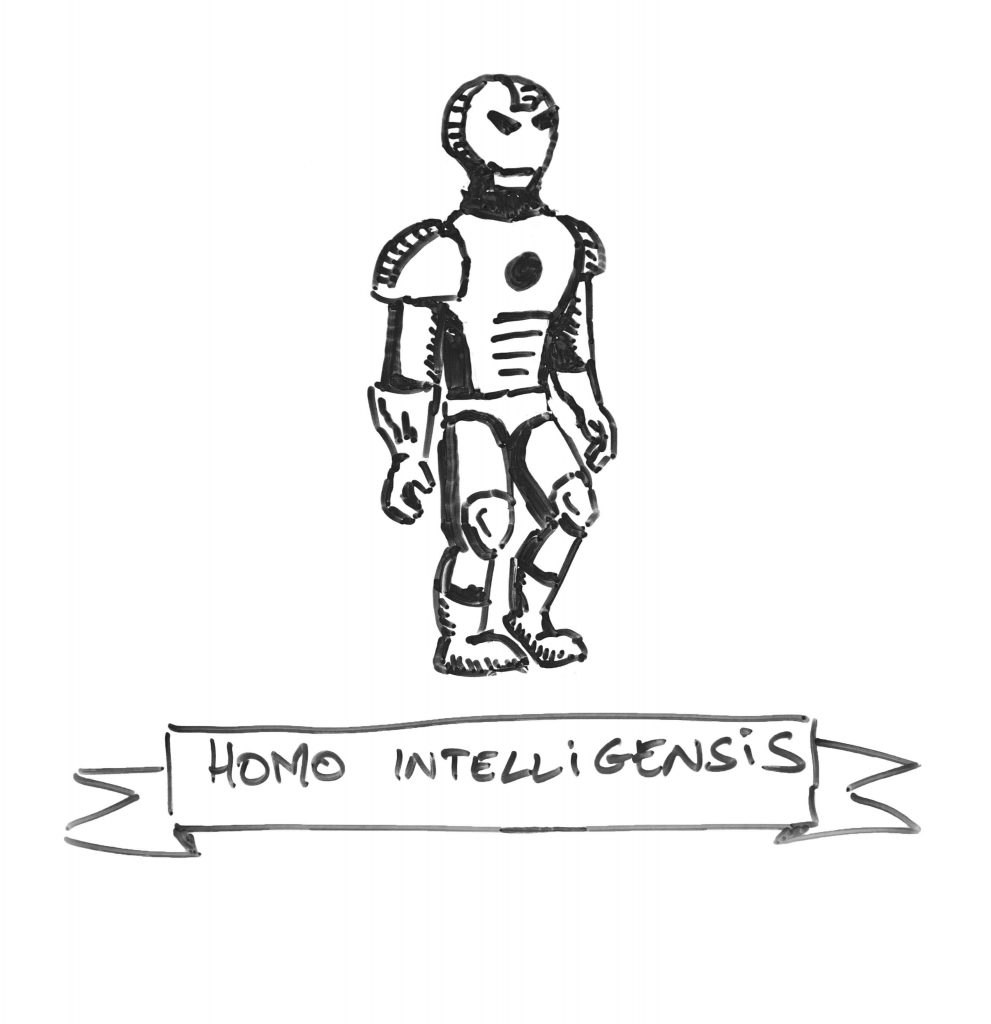
This is the last step, considering the state of the art. This is to connect this centralized data source to machine learning tools and/or artificial intelligence. Before on-boarding on this type of project, keep in mind that you will need a sufficient depth of history and a data manipulation tool powerful enough to clean, resynchronize, aggregate data upstream and recover and process downstream results.
With this set of tools, you can virtualize part of the business by automatically anticipating parts orders, anticipating customer orders, etc.
You will be able to automatically identify areas for improvement in your processes, possibly in directions that you do not suspect for now.

Your maintenance may be partially automated by automatically controlling the setting of some PLCs, for example, or by automatically triggering the order of spare parts or interventions of the manufacturer.
You will have reached a high degree of maturity in predictive and proactive maintenance. You can now say that you are in Industry 4.0.

Warp 10
How Warp 10 deals with Industry 4.0?
Warp 10 is an open-source time series storage and analysis platform. This is a toolbox with which you can evolve from one stage of evolution to another.
Edited by SenX, Warp 10 was built for sensor data with security concerns. It is able to adapt to your volume of data and works on all scales, from embedded equipment to a cluster of dozens of servers.
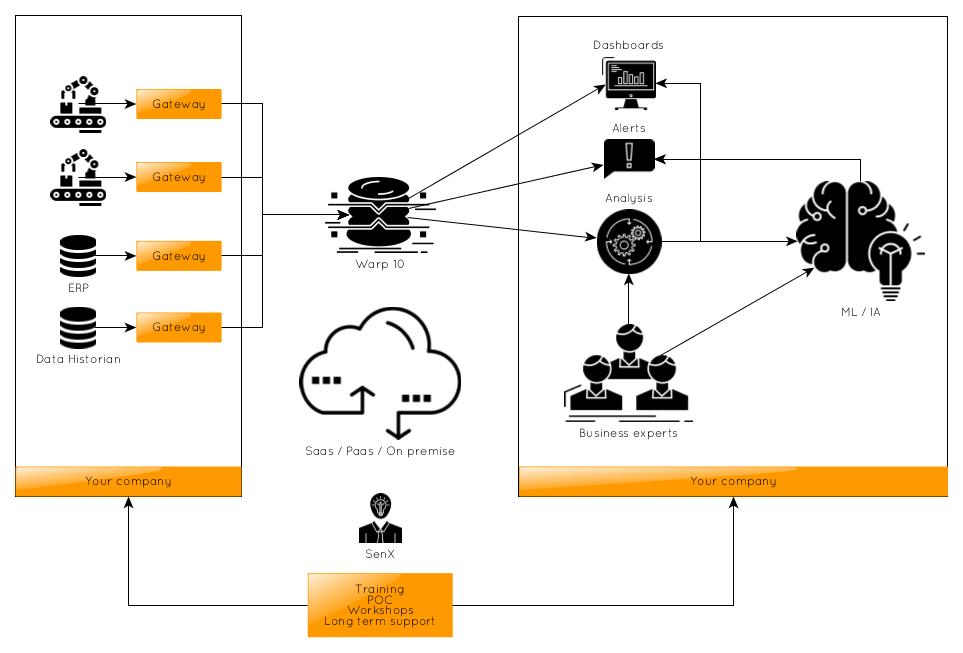
Homo Observabilis
At first, to reach the Observabilis stage, you will have to instrument your production and centralize the data. Warp 10 is the best solution for storing your raw data. You have the choice to install it at home, on your own infrastructure, or if you do not want to, or can not administer it yourself, SenX has a SaaS/PaaS offer in the cloud where we can host your data.
Once the data is available, you will be able to build your own dashboards and alerts, as well as your first analyzes.
During this phase of setting up, we can of course support you.
Homo Causalis
The second step, Homo Causalis, is to analyze and cross the data. We do not pretend to know your job better than you, your experts will be able to define the most appropriate indicators for your activity. Your experts will perform the analysis that matters to you in the short term, as well as deeper histories to identify long-term trends or determine seasonality.
Once again, SenX will be at your side to accompany you and train you. The idea is to make you autonomous in the analysis.
Homo Intelligensis
Finally, to reach the stage of Intelligensis, you can connect to Warp 10 the machine learning and artificial intelligence tools best suited to your needs. We support TensorFlow, Scikit-learn, Keras, and many others. We will also be with you to help you.
Warp 10 is open source, SenX proposes to accompany you from the set-up to the long-term support in production through POC and training.
The final word
With Warp 10, you are well armed and with SenX well-supported to optimize your processes, the quality of your products, your productivity, your maintenance, … and so much more in Industry 4.0.
Contact us by email or on Twitter for more information.
Discover the power of Warp 10 via our various blog posts.
Read more
Demystifying the use of the Parquet file format for time series
WarpScript in Jupyter notebooks
Matrix Profile of a Time Series to discover Patterns

Senior Software Engineer
